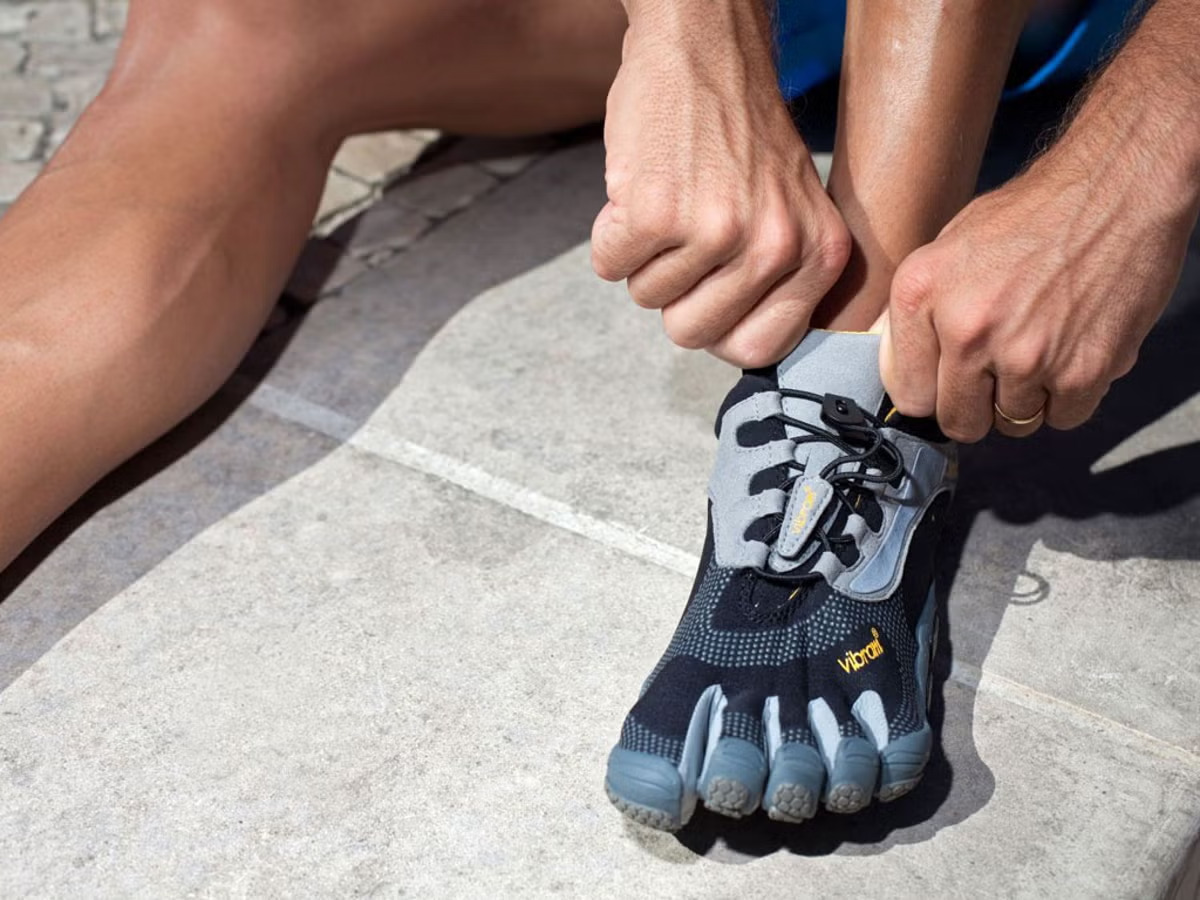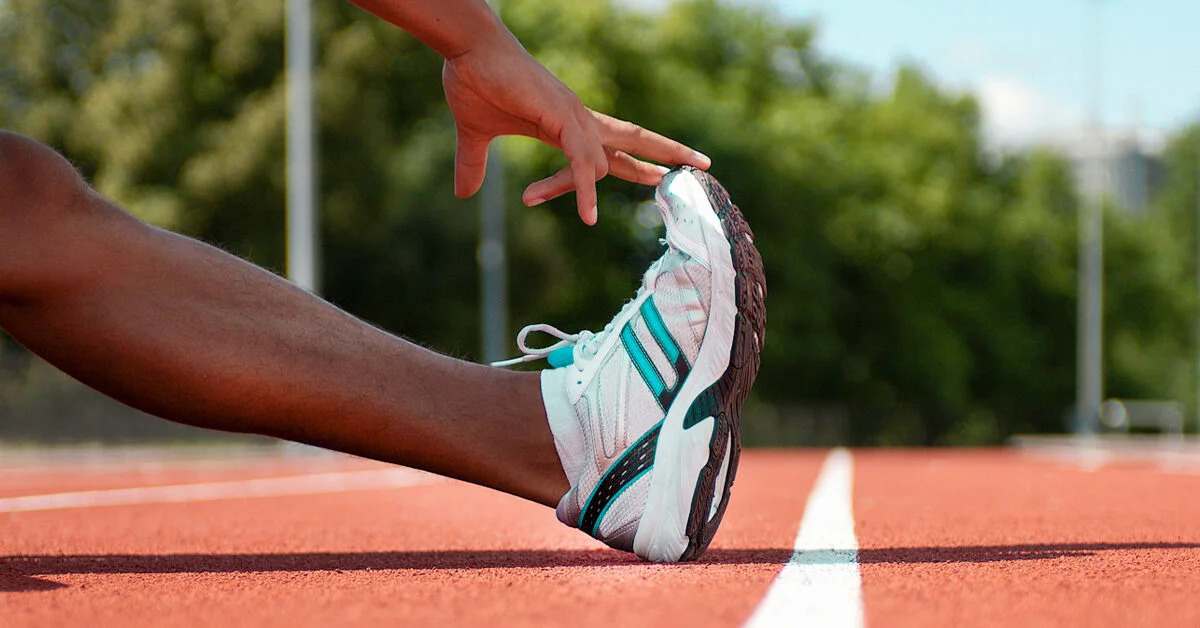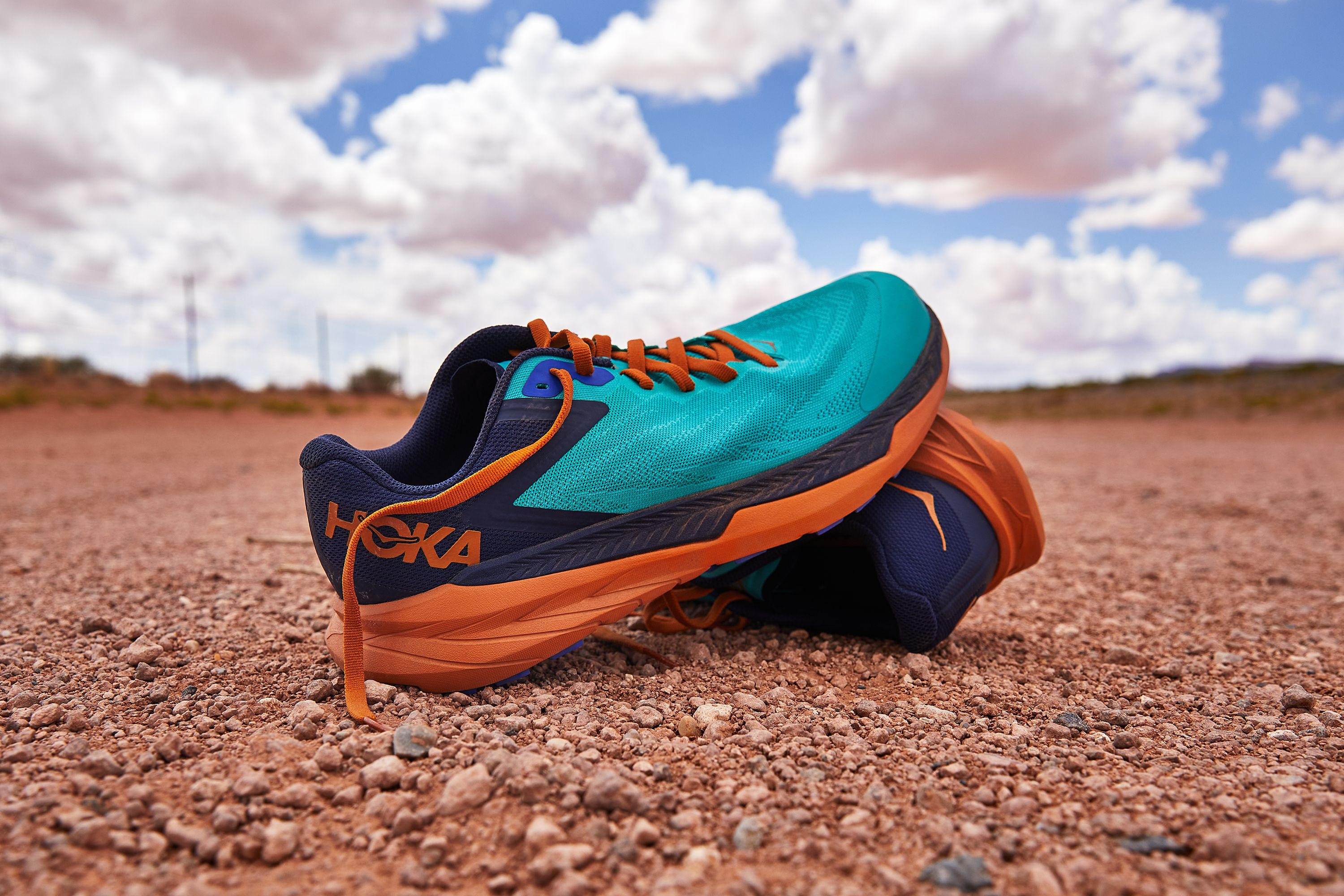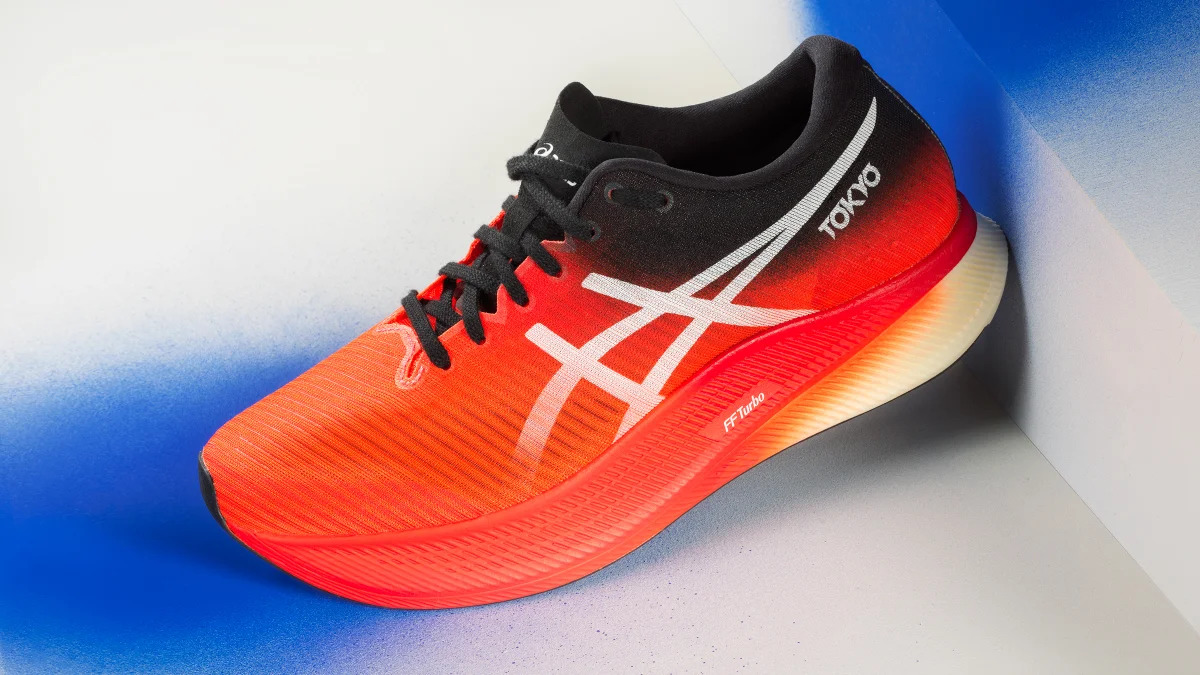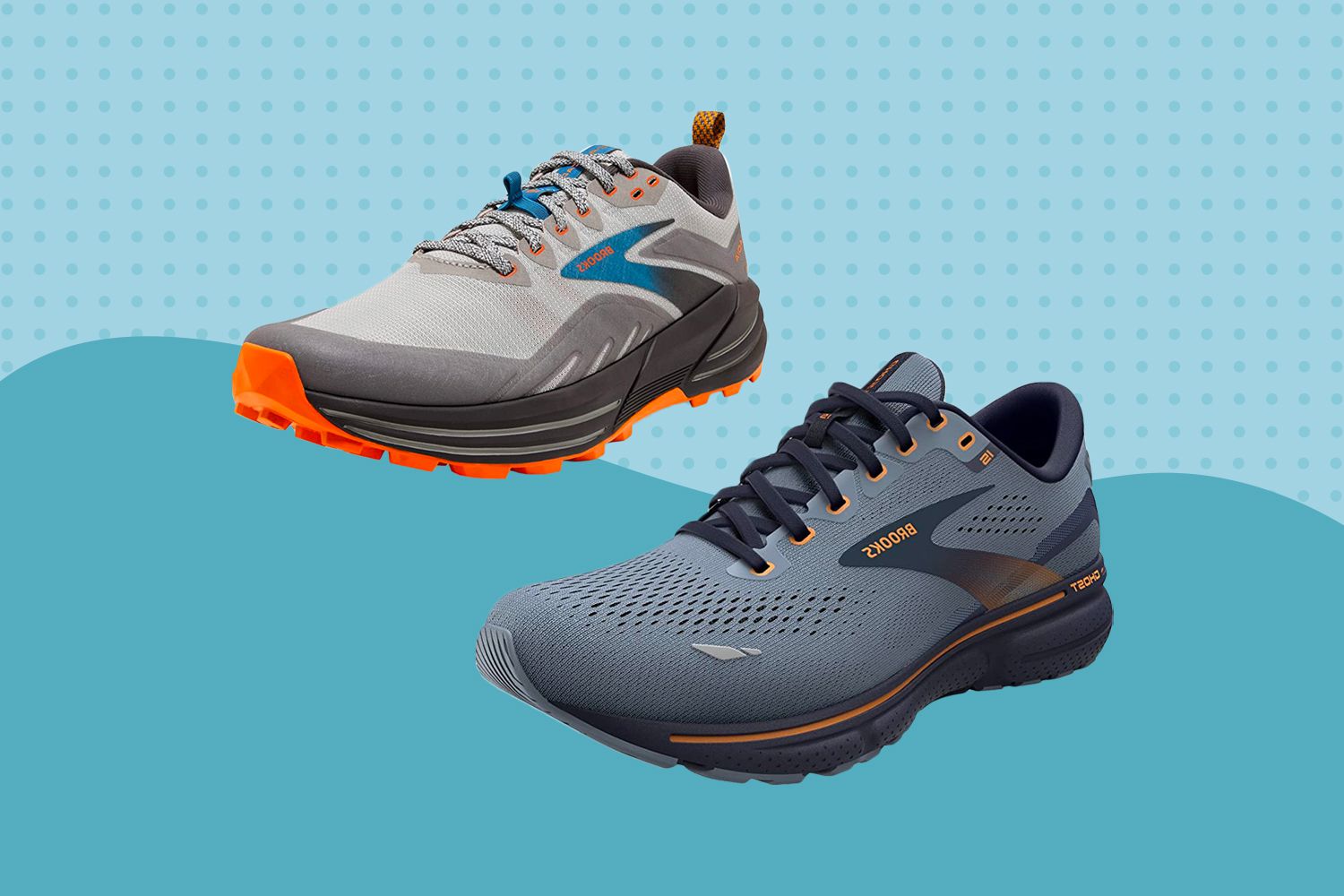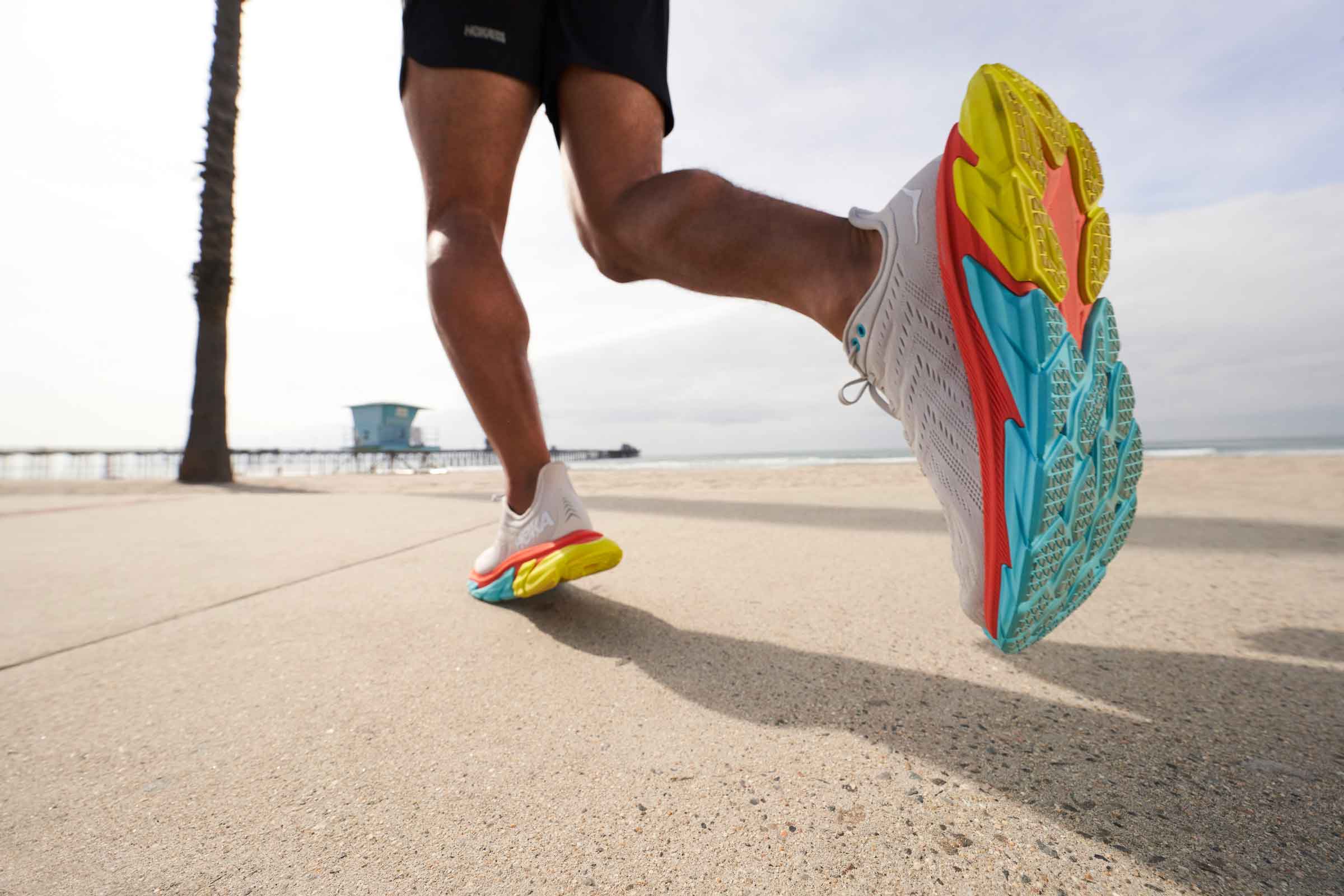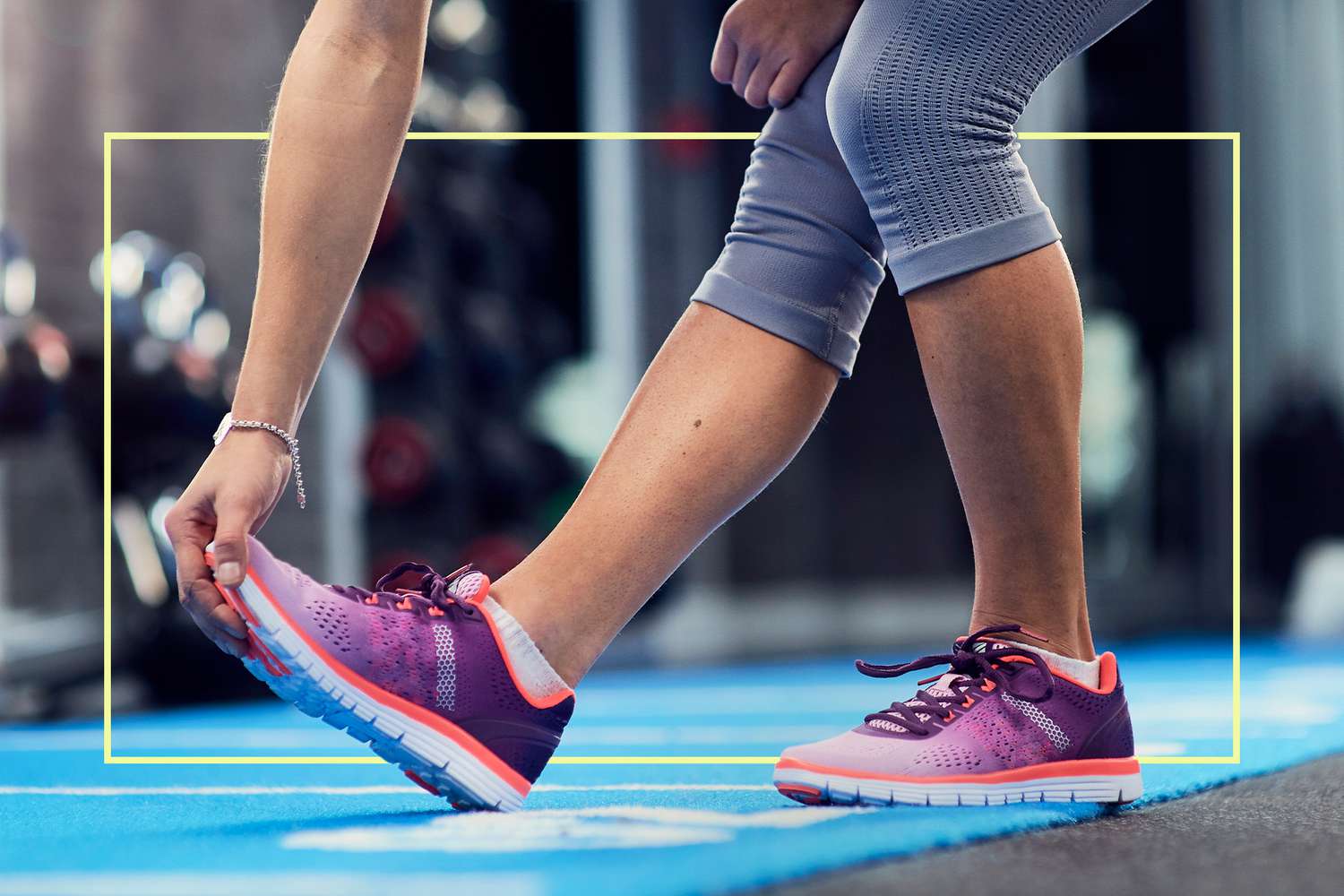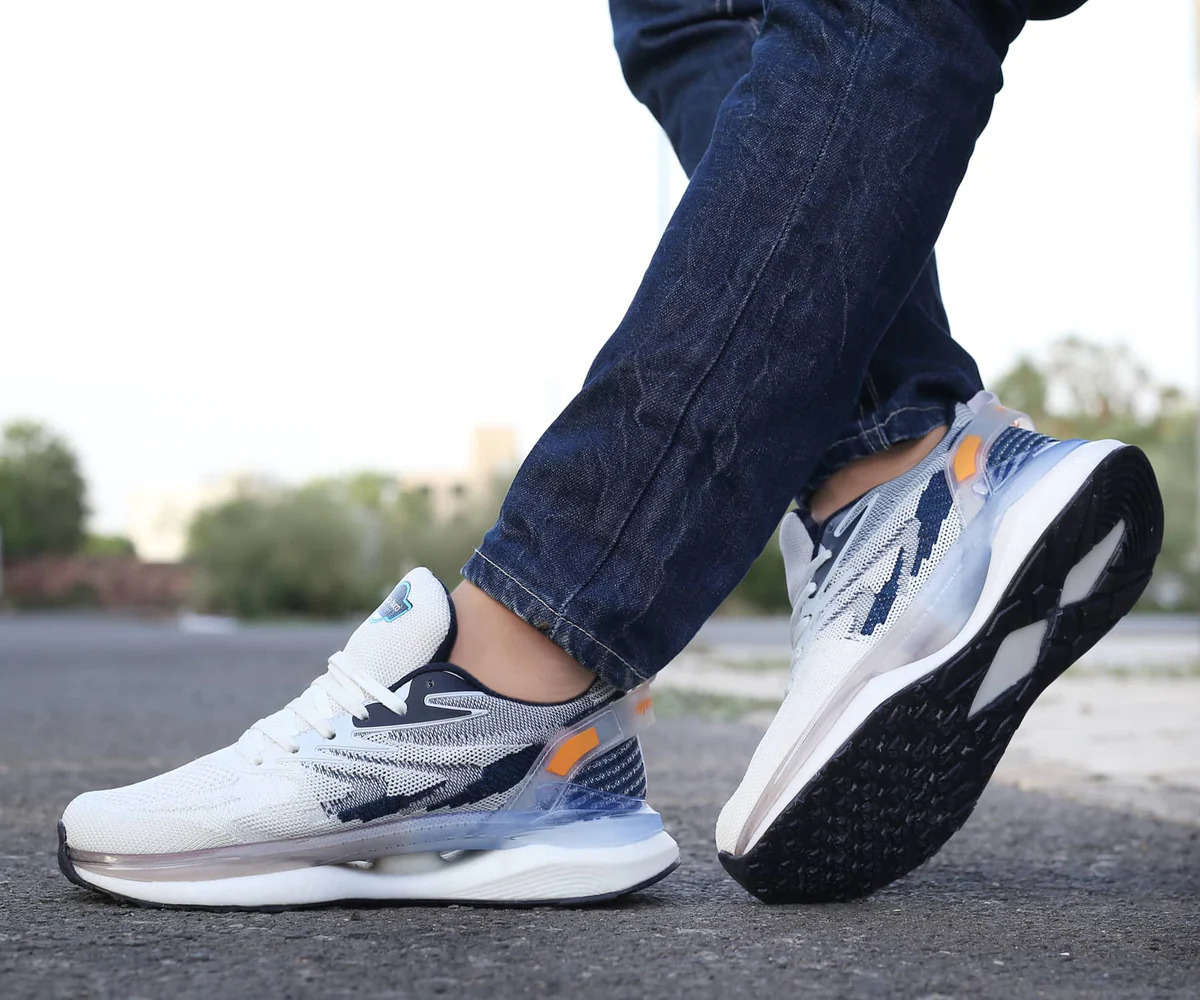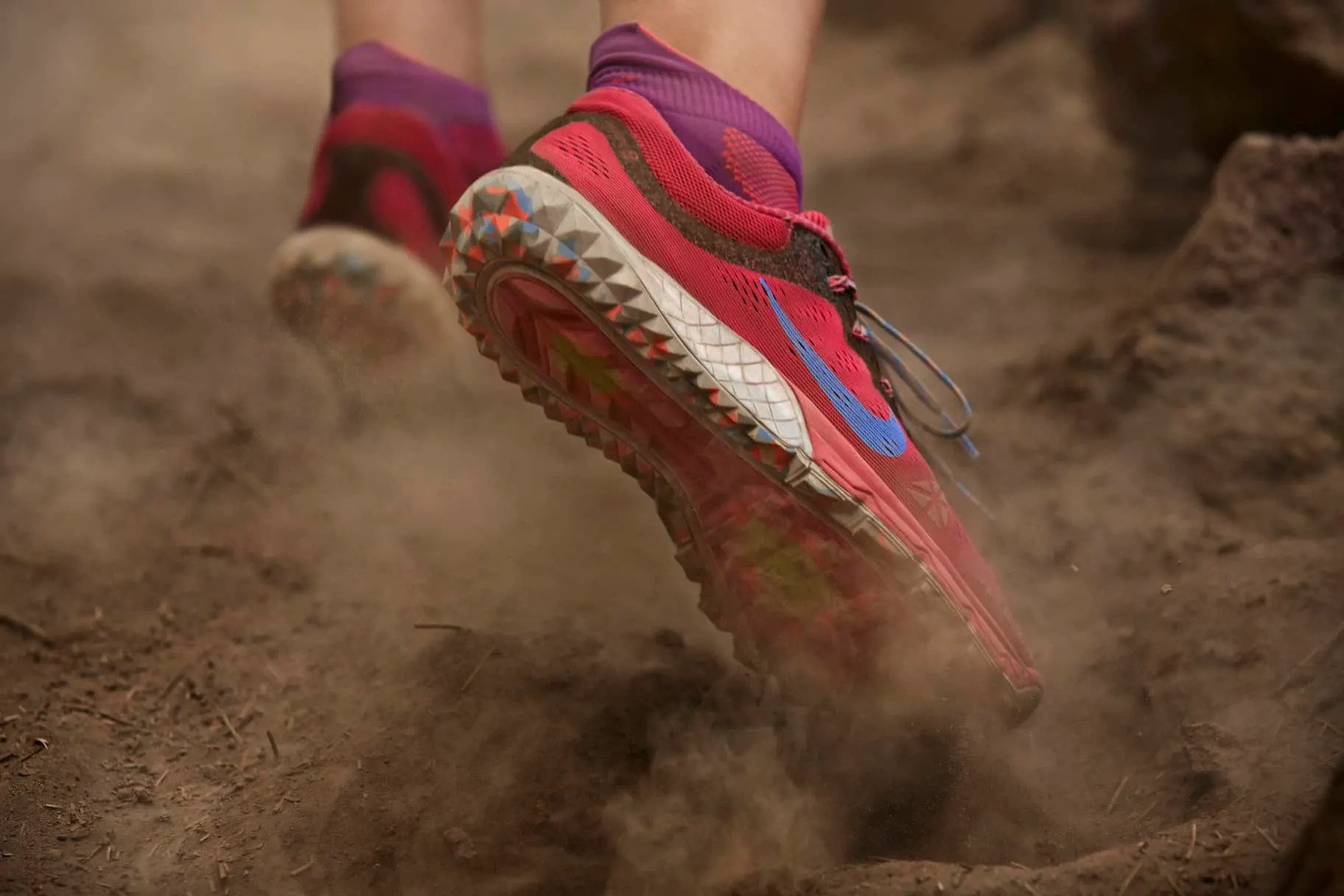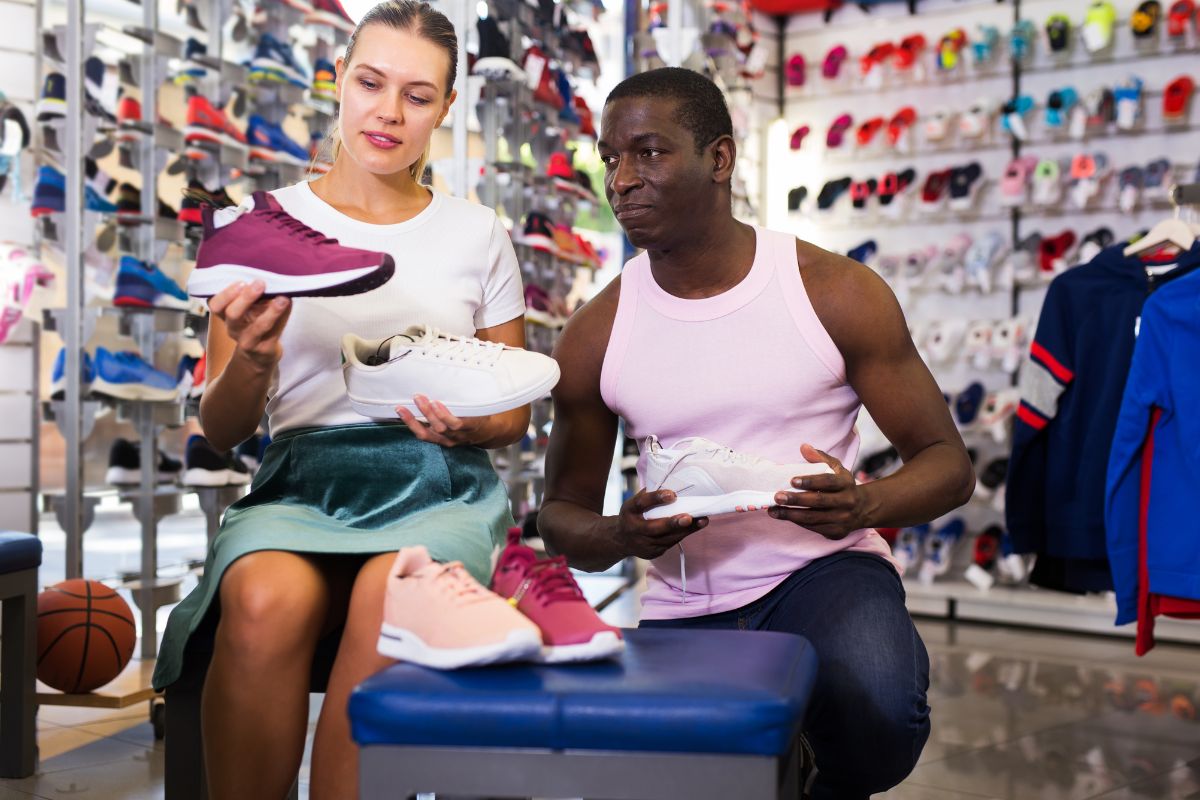Home>Misc>Featured>How To Get Properly Fitted For Minimalist Running Shoes
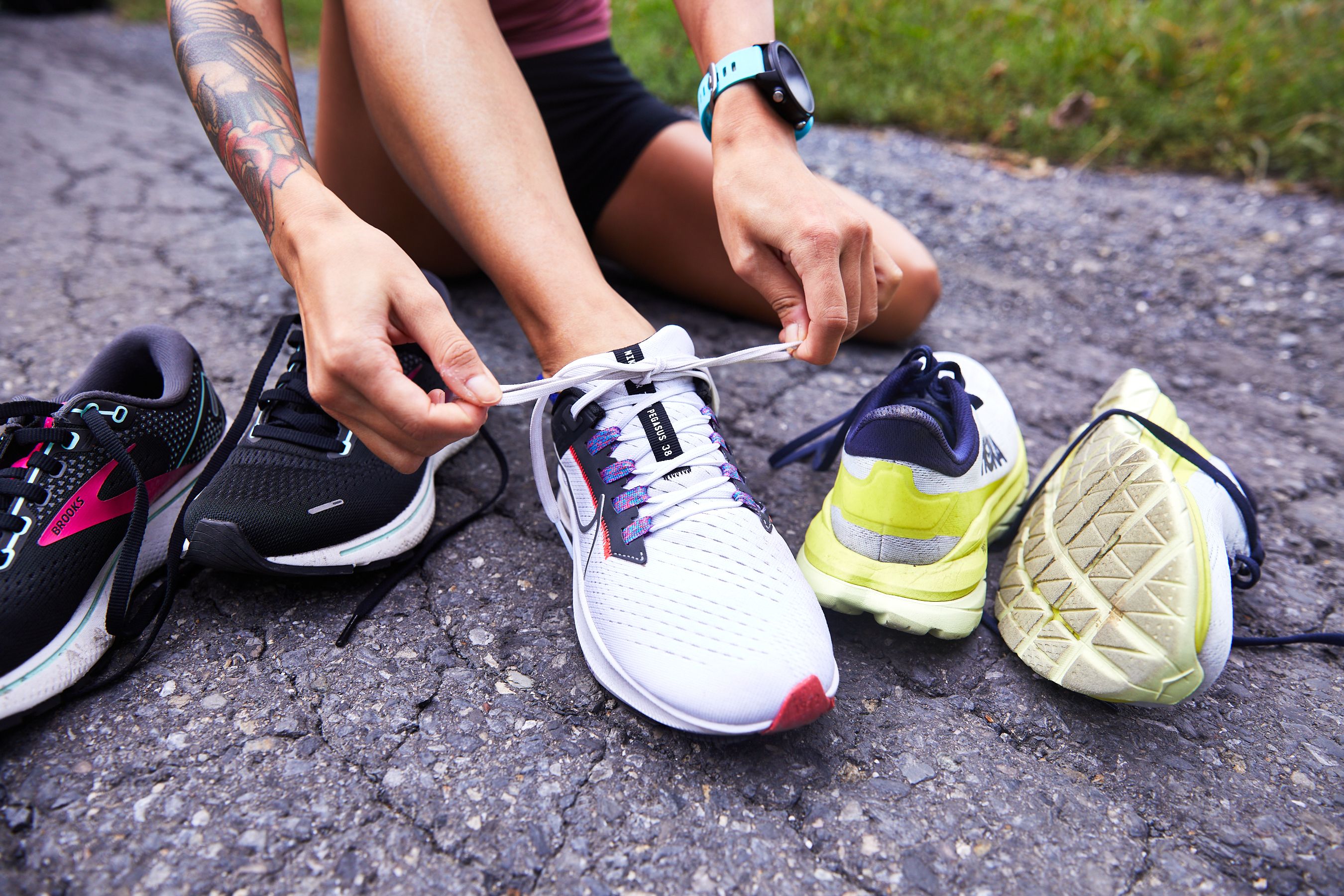

Featured
How To Get Properly Fitted For Minimalist Running Shoes
Modified: August 18, 2023
Learn how to get properly fitted for minimalist running shoes with our featured guide. Take your running to the next level with the right shoes for improved performance and comfort.
Introduction
Welcome to the world of minimalist running shoes! These lightweight and flexible footwear options have gained popularity among runners of all levels, offering a more natural and efficient way to run. However, to fully experience the benefits of minimalist shoes, it is crucial to ensure that they are properly fitted.
Proper fit is essential in any type of running shoe, but it is particularly important for minimalist shoes. As these shoes have less cushioning and structure, they rely on an individual’s foot mechanics and natural movement patterns. Wearing ill-fitting minimalist shoes can lead to discomfort, injury, and an overall unpleasant running experience.
In this article, we will explore the importance of getting properly fitted for minimalist running shoes and provide practical tips on finding the right pair for your feet. Whether you are a seasoned minimalist runner or a beginner looking to transition to this style of footwear, this guide will help you navigate the fitting process with confidence.
Before we delve into the fitting process, let’s first gain a better understanding of minimalist running shoes and why they have gained popularity in recent years.
Understanding Minimalist Running Shoes
Minimalist running shoes, also known as barefoot-style running shoes, are designed to mimic the feeling of running barefoot while still offering some protection and support. These shoes have a lower heel-to-toe drop and a thinner sole compared to traditional running shoes, allowing for a more natural foot strike and increased sensory feedback from the ground.
Advocates of minimalist shoes argue that they promote better running form, strengthen the muscles and tendons in the feet and lower legs, and reduce the risk of certain running-related injuries. By encouraging a midfoot or forefoot strike, rather than a heel strike, minimalist shoes help to distribute impact forces more evenly throughout the foot and leg, potentially reducing the stress on joints and muscles.
Minimalist running shoes come in various styles, ranging from completely flat, thin-soled shoes to those with a bit more cushioning and flexibility. It is important to note that not all minimalist shoes are suitable for everyone. Factors such as individual foot mechanics, running gait, and training volume should be taken into consideration when choosing the right minimalist shoe.
It’s also worth mentioning that transitioning to minimalist shoes requires a gradual adjustment period. If you are new to minimalist running or have been running in traditional shoes with a higher heel drop, it is essential to allow your body time to adapt to the different demands of minimalist footwear. Slowly introduce these shoes into your training routine to prevent overuse injuries and give your muscles and tendons time to strengthen and adjust to the new running mechanics.
Now that we have a clearer understanding of minimalist running shoes and their potential benefits, let’s explore why getting properly fitted for these shoes is crucial for a comfortable and injury-free running experience.
The Importance of Proper Fit
When it comes to minimalist running shoes, proper fit is of utmost importance. Ill-fitting shoes can lead to discomfort, pain, and potential injuries. Here are some key reasons why getting properly fitted for minimalist running shoes is crucial:
- Foot Stability: Properly fitted shoes provide the necessary stability and support for your feet. With minimalist shoes, there is less cushioning and structure compared to traditional running shoes. A snug fit ensures that your feet are held securely in place, preventing excessive movement and reducing the risk of rolling or twisting your ankles.
- Optimal Foot Mechanics: Minimalist shoes rely on your feet’s natural movement patterns. A proper fit allows your feet to move freely and naturally within the shoe, promoting a midfoot or forefoot strike. When your feet are properly aligned, you can achieve better running form and biomechanics, reducing the impact on your joints and muscles.
- Reduced Friction and Blisters: Shoes that are too loose or too tight can cause friction, leading to painful blisters. Properly fitted minimalist shoes provide a snug but comfortable fit, minimizing friction and the likelihood of developing blisters during your runs.
- Improved Performance: When your feet are well-supported and comfortable in your shoes, you can focus more on your running technique and performance. Proper fit allows for better feedback from the ground and enhances the connection between your feet and the running surface, helping you to run more efficiently and effectively.
- Injury Prevention: Wearing improperly fitted shoes can increase the risk of various running-related injuries, such as stress fractures, plantar fasciitis, and Achilles tendonitis. By ensuring a proper fit, you can minimize the chances of these injuries occurring and enjoy a safer and more enjoyable running experience.
Now that we understand the importance of proper fit, let’s explore how you can find the right shoe store that specializes in minimalist running shoes.
Finding the Right Shoe Store
When searching for minimalist running shoes, it is crucial to find a reputable shoe store that specializes in minimalist footwear. Here are some tips to help you find the right shoe store:
- Do Your Research: Start by researching local shoe stores or specialty running stores in your area. Look for stores that have a wide selection of minimalist running shoes and knowledgeable staff who can guide you through the fitting process.
- Read Reviews: Check online reviews and ratings for different shoe stores. Look for feedback from customers who have purchased minimalist running shoes, as this can give you an idea of the store’s reputation and the quality of their products.
- Ask for Recommendations: Reach out to fellow runners, friends, or local running clubs for recommendations on the best shoe stores for minimalist shoes in your area. Personal recommendations can be valuable in finding a reliable store.
- Visit the Store: Once you have identified a few potential shoe stores, visit them in person. Pay attention to the store’s atmosphere, customer service, and the expertise of the staff. A good shoe store will take the time to listen to your needs, assess your foot type, and provide personalized recommendations.
- Check the Selection: Not all shoe stores carry a wide range of minimalist running shoes. Make sure the store you choose has a diverse selection of brands and models to choose from, allowing you to find the shoe that best suits your needs.
- Consider Expertise: Look for shoe stores that have experienced staff who are knowledgeable about minimalist shoes and running mechanics. They should be able to answer your questions, provide expert advice, and assist you in finding the right shoe for your foot type and running style.
- Try Before You Buy: Lastly, make sure the shoe store has a policy that allows you to try on the shoes and take them for a test run. It’s crucial to ensure that the shoes feel comfortable and supportive during your trial. Don’t rush the fitting process and take the time to find the perfect pair.
By following these tips, you’ll be on your way to finding a reputable shoe store that can help you get properly fitted for your minimalist running shoes. In the next section, we will discuss how to assess your foot type to ensure an accurate fit.
Assessing Your Foot Type
Assessing your foot type is an important step in getting properly fitted for minimalist running shoes. Everyone’s feet are unique, and understanding your foot type can help you find the right shoe that provides the best support and comfort. Here are a few methods to assess your foot type:
- Wet Test: This is a simple method that involves wetting your feet and stepping onto a piece of paper or a surface that will leave a visible footprint. By examining the shape of the footprint, you can determine your foot type.
- Flat Feet: If you have flat feet, your footprint will show a complete imprint of your whole foot, with little to no arch.
- Normal/Neutral Feet: If you have normal or neutral feet, your footprint will show a distinct curve along the inside edge of your foot, indicating a moderate arch.
- High Arches: If you have high arches, your footprint will show a narrow strip on the outside edge of your foot, indicating a prominent arch.
- Gait Analysis: A gait analysis is a more advanced method that involves observing your running mechanics. This can be done at a specialized running store or by a podiatrist. By analyzing your gait, experts can determine if you have any pronation issues (overpronation or underpronation) and recommend the appropriate minimalist shoe to accommodate your foot mechanics.
- Consult with a Professional: If you are unsure about your foot type or have any specific concerns, it’s always a good idea to consult with a podiatrist or a sports medicine professional. They can conduct a thorough assessment, provide expert advice, and recommend the best minimalist shoe for your individual needs.
Remember, assessing your foot type is just one piece of the puzzle when it comes to finding the right shoe. Proper fit involves more than just your foot type and requires consideration of factors such as shoe size, width, and overall comfort. In the next section, we will provide practical tips for getting properly fitted for your minimalist running shoes.
Tips for Getting Properly Fitted
Getting properly fitted for minimalist running shoes requires attention to detail and a focus on individual needs. Here are some tips to help ensure a successful fitting experience:
- Go to a Specialty Store: Visit a specialty shoe store that has a wide selection of minimalist running shoes. Avoid purchasing shoes from general sports stores or online retailers where you may not receive the same level of expertise and personalized fitting assistance.
- Consider Socks: Wear the type of socks you typically run in when trying on shoes. This allows you to assess the fit with the added cushioning and thickness of the socks in mind.
- Measure Both Feet: Have both of your feet measured while standing. It is common for each foot to be slightly different in size, so ensure that the shoes accommodate the larger foot comfortably.
- Allow Room for Toes: Make sure there is adequate room in the toe box for your toes to move and wiggle comfortably. There should be a thumb’s width of space between the end of your longest toe and the front of the shoe.
- Check for Proper Arch Support: If you have flat feet or high arches, ensure that the shoe provides appropriate support for your foot type. The arch support should align with the natural arch of your foot.
- Test Different Brands and Models: Don’t limit yourself to one brand or model. Try on a variety of minimalist shoes to compare their fit, feel, and overall comfort. Each brand may have slightly different fits, so experiment with different options until you find the one that feels best.
- Walk and Run in the Shoes: Take the time to walk and even jog or run in the shoes within the store if possible. Pay attention to how they feel during different movements and ensure there is no slipping, rubbing, or discomfort. This will give you a better idea of how the shoes perform during actual running activities.
- Seek Expert Advice: Consult with the store staff to discuss any concerns or issues you may have. They can provide valuable insights, suggest suitable shoe options, and address any questions you have about minimalist running shoes.
- Trust Your Comfort: Ultimately, trust your instincts and choose the shoes that feel the most comfortable and supportive on your feet. Don’t compromise on fit or settle for a shoe that doesn’t feel right, as this can lead to uncomfortable runs and potential injuries in the long run.
By following these tips, you will increase your chances of getting properly fitted for minimalist running shoes that suit your foot type and meet your comfort and performance needs. In the next section, we will discuss additional considerations to keep in mind when selecting and wearing minimalist shoes.
Trying on and Testing the Shoes
After narrowing down your options for minimalist running shoes, it’s time to try them on and put them to the test. Here are some important considerations when trying on and testing the shoes:
- Size and Fit: Ensure that the shoes are the correct size and provide a snug, yet comfortable fit. Your toes should have enough room to move and wiggle without feeling cramped, and there should be no pressure points or areas of discomfort.
- Walk and Jog: Take a walk around the store and do a light jog if possible. Pay attention to how the shoes feel during different movements. They should provide stability and support without feeling restrictive or causing any discomfort.
- Running Technique: Evaluate how the shoes affect your running technique. Do they encourage a midfoot or forefoot strike? Do they provide the desired level of flexibility and ground feel? Make sure the shoes align with your running form and mechanics.
- Comfort: Consider the overall comfort of the shoes. Do they feel cushioned enough to protect your feet from impact? Does the upper material allow for breathability and prevent excessive sweating? A comfortable shoe will enhance your running experience.
- Stability and Support: Assess the level of stability and support provided by the shoes. They should offer enough structure to support your foot without sacrificing the natural movement and flexibility required for minimalist running.
- Durability: Examine the durability of the shoes. Check the quality of the materials, the stitching, and the outsole. It’s important to invest in a pair of shoes that can withstand the wear and tear of regular running activities.
- Listen to Feedback: Pay attention to any feedback your body provides while testing the shoes. Are there any discomfort or pain in your feet, ankles, or legs? Trust your body’s response and consider trying a different pair if needed.
- Budget Considerations: Consider your budget when selecting your minimalist running shoes. While it’s important to invest in a good quality pair, it’s also important to find one that fits within your financial constraints.
- Seek Expert Advice: Don’t hesitate to consult with the store staff or a fitting specialist about any concerns you have while testing the shoes. They can provide guidance, make recommendations, and help you make an informed decision.
Remember that selecting the perfect minimalist running shoe may require some trial and error. Take your time to find the right fit and feel that caters to your specific needs. Once you’ve found the ideal pair, you can confidently start incorporating minimalist running into your training routine. In the next section, we will discuss some additional considerations to keep in mind when wearing minimalist running shoes.
Additional Considerations for Minimalist Running Shoes
While getting properly fitted for minimalist running shoes is crucial, there are some additional considerations to keep in mind when wearing and transitioning to this style of footwear. Here are a few important factors to consider:
- Transition Gradually: If you are new to minimalist running shoes, it is important to transition gradually from traditional running shoes. Start by incorporating short runs or walks in your minimalist shoes and gradually increase the distance and intensity over time. This allows your body to adapt to the different demands and mechanics of minimalist footwear.
- Strength and Flexibility: Minimalist running shoes promote natural foot movement and rely on the strength and flexibility of your feet and lower legs. Consider incorporating exercises to strengthen and stretch your feet, calves, and ankles to support the transition to minimalist shoes properly.
- Be Mindful of Running Surfaces: When wearing minimalist shoes, it’s important to be mindful of the running surfaces you choose. Start on softer, more forgiving surfaces like grass or trails, and gradually introduce harder surfaces like asphalt or concrete. The minimalist shoes provide less cushioning, so gradually exposing your feet to different surfaces can help prevent potential discomfort or injuries.
- Monitor Your Body: Pay close attention to any changes or discomfort in your feet, ankles, or lower legs when transitioning to minimalist shoes. It’s normal to experience some muscle soreness as your body adjusts, but be cautious of any sharp or persistent pain that may signal an injury. Rest and seek professional advice if needed.
- Rotate Your Shoes: Consider rotating multiple pairs of minimalist running shoes. Different shoes may provide slightly different levels of cushioning, support, or flexibility. Rotating between shoes can help prevent overuse injuries and provide variety to your training.
- Replace When Necessary: Just like any other running shoe, minimalist shoes have a limited lifespan. Pay attention to the wear and tear on the outsole and cushioning. Replace your shoes when they show signs of significant wear to maintain optimal support and protection for your feet.
- Listen to Your Body: Everyone’s feet are different, and not all runners may feel comfortable or perform well in minimalist shoes. It is crucial to listen to your body and make choices that work best for you. If minimalist shoes are not providing the desired benefits or causing discomfort, consider alternative options that suit your running style and preferences.
By considering these additional factors, you can make the most of your minimalist running shoes and enjoy the benefits they offer in terms of natural movement and improved running form. Remember, the key is to find what works best for you and to make the transition gradually and mindfully. As you continue your minimalist running journey, always prioritize comfort, proper fit, and the overall health and well-being of your feet and lower legs.
Conclusion
Properly fitting minimalist running shoes can greatly enhance your running experience and help you reap the benefits of a more natural and efficient running form. Whether you’re a seasoned minimalist runner or just beginning to explore this style of footwear, it is essential to prioritize getting the right fit for your feet.
Throughout this article, we have discussed the importance of proper fit in minimalist running shoes and provided practical tips for finding the right shoe store, assessing your foot type, and getting properly fitted. We’ve also explored additional considerations to keep in mind when wearing minimalist shoes, such as transitioning gradually, strengthening and stretching exercises, and listening to your body’s cues.
Remember, finding the perfect pair of minimalist running shoes may require some trial and error. It’s important to take the time to try on different brands and models, test them out with various movements, and seek expert advice if needed. Trust your instincts and prioritize comfort, support, and the overall health of your feet and lower legs.
As you embark on your minimalist running journey, remember that the fitting process is only the first step. Take time to gradually transition to minimalist shoes, monitor your body for any signs of discomfort or injury, and seek professional advice if necessary. By doing so, you can fully embrace the benefits of minimalist running shoes and enjoy a more natural and efficient running experience.
So, lace up your properly fitted minimalist running shoes, hit the pavement or the trails, and experience the joy and freedom of running in a more natural and connected way.
